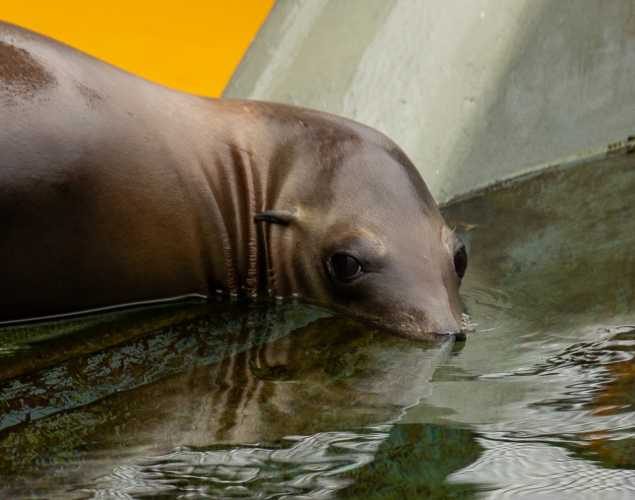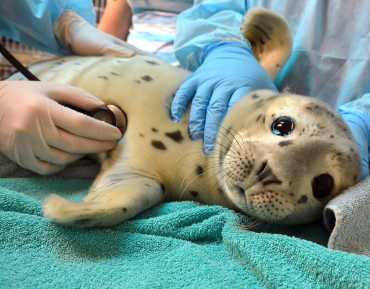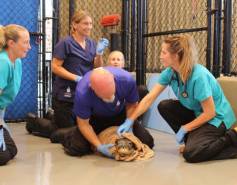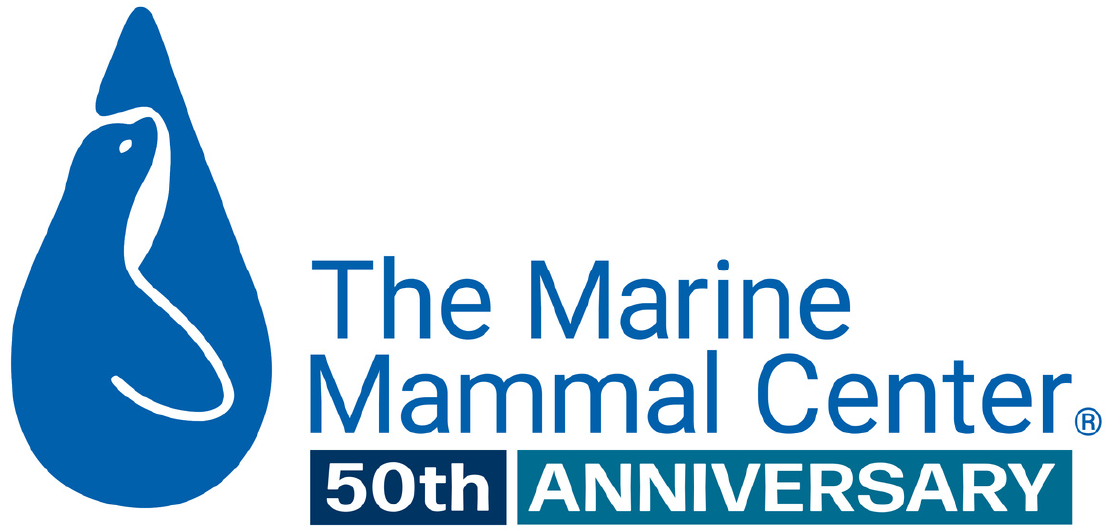
LA Times: Marine mammals are dying in record numbers along the California coast
- Leptospirosis
Published by The Los Angeles Times: October 3, 2025
On a spit of sand 12 miles north of Santa Cruz, a small, emaciated sea lion lay on its side. The only sign of life was the deep press of its flippers against its belly, relaxing for a few seconds, then squeezing again.
“That’s a classic sign of leptospirosis,” said Giancarlo Rulli, a volunteer and spokesperson with The Marine Mammal Center, pointing to the young animal’s wretched self-embrace. The corkscrew-shaped bacteria, leptospirosis, causes severe abdominal pain in sea lions by damaging their kidneys and inflaming their gastrointestinal tracts. “They hold their stomach just like that. Like a sick child with a bellyache,” he said.
Since the end of June, officials say nearly 400 animals have been reported stranded or sickened along the Central Coast beaches. More than two-thirds of them have died, Rulli said. Hundreds more probably were washed away before anyone spotted them, or died at sea.
“It’s been a brutal year. ... It’s been hard on the animals. It’s been traumatic for the volunteers. It’s a lot.”
The historically large and long bacterial outbreak is adding to an already devastating death toll for the seals, sea lions, dolphins, otters and whales who live in and migrate through the state’s coastal waters.
There are the poisonous algal blooms off the central and southern coasts. There are massive changes in food availability and distribution across the Pacific. And there are growing casualties from ship strikes, record numbers of entanglements in rope and line, and a new heat blob forming in the eastern Pacific. This year may be remembered as one of the gravest for marine mammals on record. Or, more worryingly, a sign that our ocean environment is changing so drastically that in some places and seasons, it’s becoming uninhabitable for the life it holds.
The network of volunteers who tend to stranded marine life is running ragged, said Rulli, answering dozens of rescue calls a day. “It’s been a brutal year. ... It’s been hard on the animals. It’s been traumatic for the volunteers. It’s a lot.”
Whether all of these pressures and changes are related, or are completely separate phenomena happening at the same time in the same place, scientists don’t know.
“We’re trying to build our understanding of how ocean conditions relate to the occurrence of disease. But it’s a work in progress. And the world is changing quickly underneath our feet,” said Jamie Lloyd-Smith, an ecologist and evolutionary biologist at UCLA.
Please note this article is behind a paywall.
Yes, I want to save a life!

Yes, I want to save a life!
You’ll be giving sick and injured animals the best possible care at the Center’s state-of-the-art hospital. With your gift today, you are giving a patient a second chance at life in the wild.
See Our Latest News
{"image":"\/Animals\/Patients\/Hawaiian monk seals\/2025\/cropped-images\/d-ru28release-exam-at-ke-kai-ola111025photo-by-giancarlo-rulli-c-the-marine-mammal-center-noaa-permit-24359-0-0-1270-992-1764620886.jpg","alt":"","title":"Bird Flu Vaccine Trial Offers Hope for Protecting Hawaiian Monk Seals","link_url":"https:\/\/www.marinemammalcenter.org\/news\/bird-flu-vaccine-trial-may-offer-hope-for-protecting-hawaiian-monk-seals","label":"News Update","date":"2025-12-01 08:13:00"}

Bird Flu Vaccine Trial Offers Hope for Protecting Hawaiian Monk Seals
December 1, 2025
Read More{"image":"\/Animals\/Patients\/Hawaiian monk seals\/2021\/hms-pp08-by-sheila-latta-c-the-marine-mammal-center-noaa-permit-18786.jpg","alt":"Hawaiian monk seal","title":"The New York Times: Inside the Bird-Flu Vaccine Trial for Monk Seals","link_url":"https:\/\/www.marinemammalcenter.org\/news\/the-new-york-times-inside-the-bird-flu-vaccine-trial-for-monk-seals","label":"In the News","date":"2025-12-01 01:00:00"}

The New York Times: Inside the Bird-Flu Vaccine Trial for Monk Seals
December 1, 2025
Read More{"image":"\/Animals\/Wild\/Sea otter\/so-wild-morro-bayphoto-c-brian-simuro-20.jpeg","alt":"Sea otter and pup","title":"Watch a Sea Otter Pup Reunite With Its Mother","link_url":"https:\/\/www.marinemammalcenter.org\/news\/watch-sea-otter-pup-reunite-with-its-mother","label":"News Update","date":"2025-11-14 10:35:41"}

{"image":"\/Animals\/Wild\/Sea otter\/sea-otter-photo-c-brian-simuro.jpeg","alt":"Sea otter","title":"AP News: Baby sea otter is reunited with mother in central California after dramatic rescue","link_url":"https:\/\/www.marinemammalcenter.org\/news\/ap-news-baby-sea-otter-is-reunited-with-mother-in-central-california-after-dramatic-rescue","label":"In the News","date":"2025-11-14 09:46:34"}

AP News: Baby sea otter is reunited with mother in central California after dramatic rescue
November 14, 2025
Read MoreCalifornia Sea Lion




